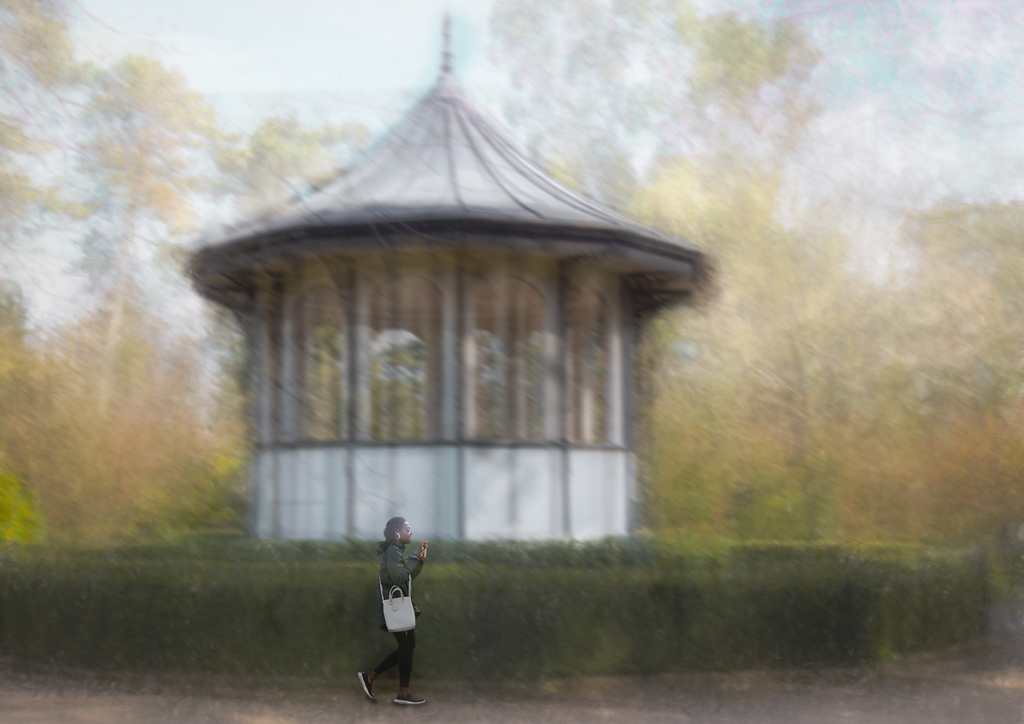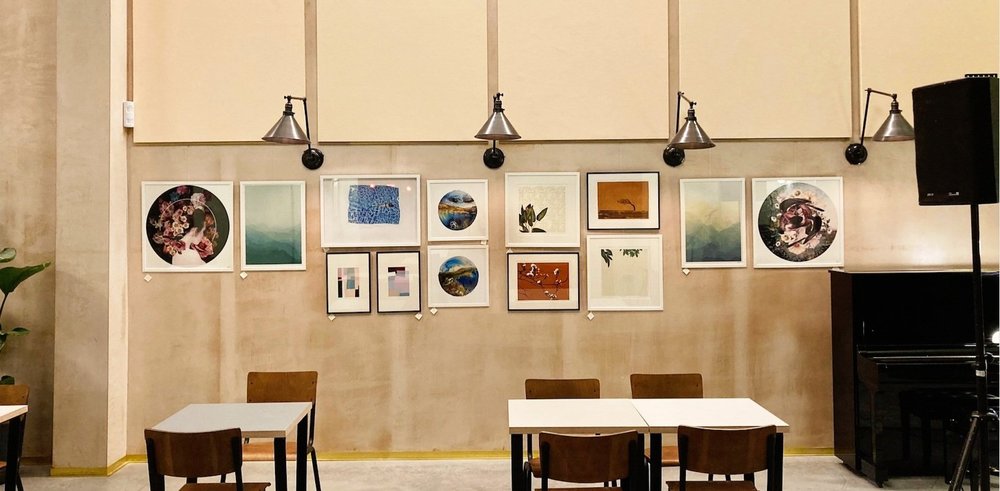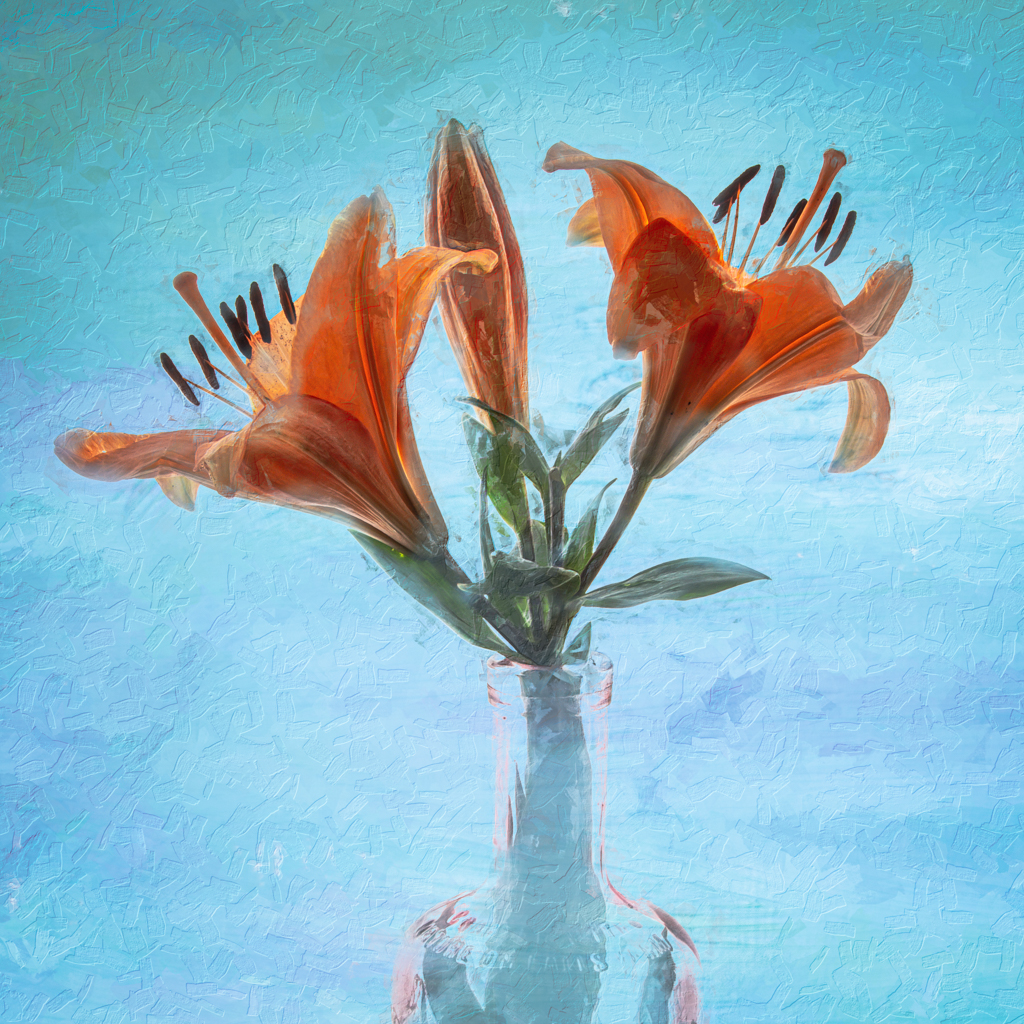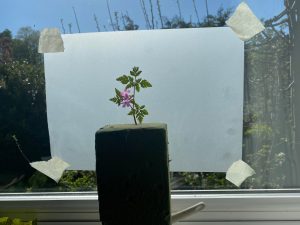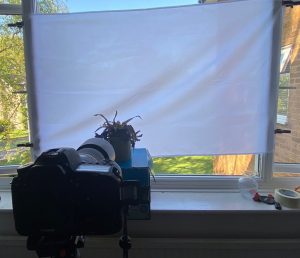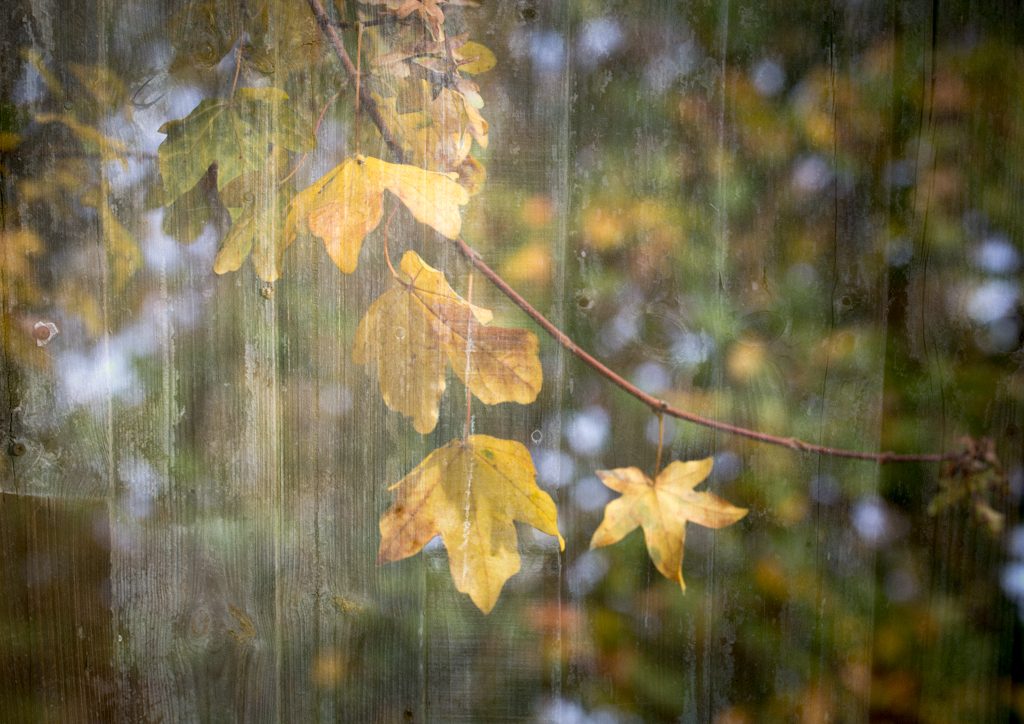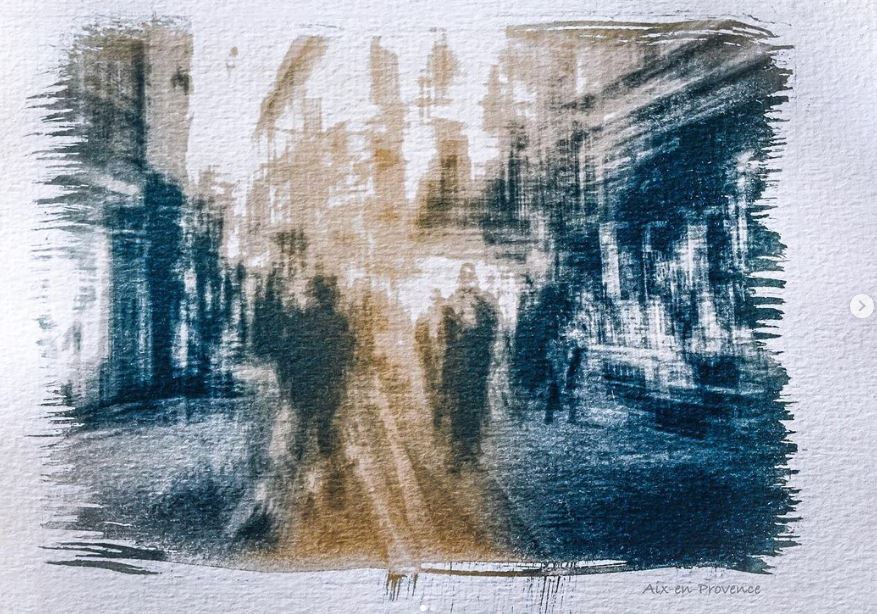
I am enjoying the work of Jessica Meyer. Especially the blending of old and new in the image above. It is a hand printed Cyanotype, partially bleached with Borax substitute.
This was created for a project in @icmphotomag challenging the creative ways in which we can combine both the fast digital world of ICM photography with the slow manual printing process of #cyanotypes, invented 180 years ago.
